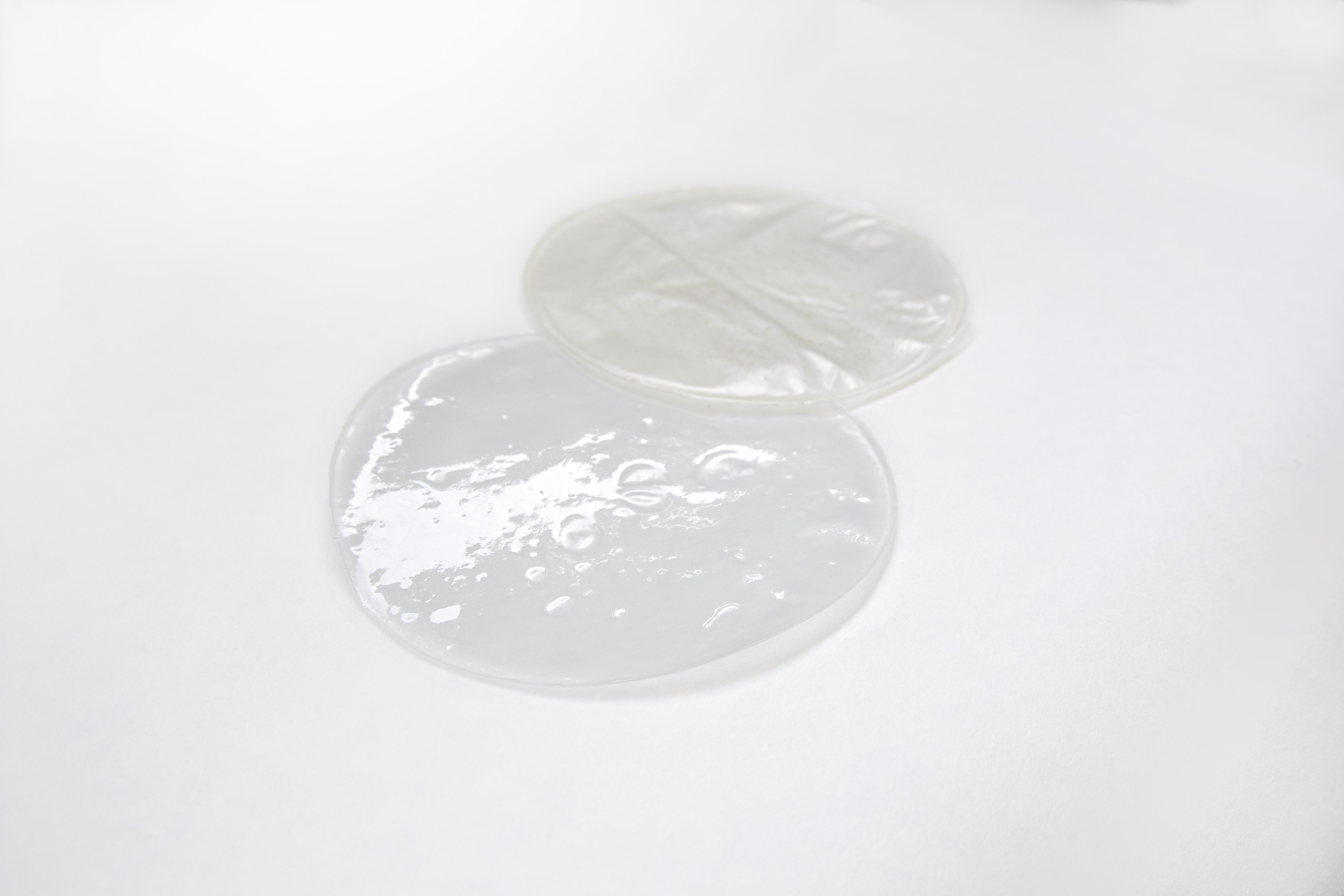In a previous publication, Dr. Holešová reported that they added an antifungal agent in the form of ciclopirox olamine to the contents of the nanocomposites when preparing the antimicrobial PCL film. This combination resulted in a longer lasting effect of antimicrobial activity.
In follow-up research, however, Dr Holešová's team delved even deeper into the research. Through the study, they want to convey insight into the preparation of the PCL film, its structure, properties, both thermal, mechanical and antimicrobial.
In Dr. Holešová's new publication, it is possible to learn more about the PCL film material, preparation, sample testing, PCL film test results and the conclusion on how to work with polycaprolactone film.

Such knowledge is crucial not only in the medical implant industry, drug delivery, biomedicine, but also in the food industry, specifically packaging.
The use of such a thin PCL "coating" can be beneficial in the following areas, for example:
- Much slower release of the drug substance at the target site
- Longer lasting antimicrobial efficacy
- Less susceptibility to mechanical damage
And how do Ing. Sylva Holešová, Ph.D. evaluate the results?
"We have succeeded in preparing a material with high antimicrobial efficacy over long time intervals, and therefore these nanocomposites open up new avenues for possible application, for example, in the delivery of drugs to a targeted site in the body with a long-lasting effect. I am very excited about it, it is great result, not only for me but also for the whole team."